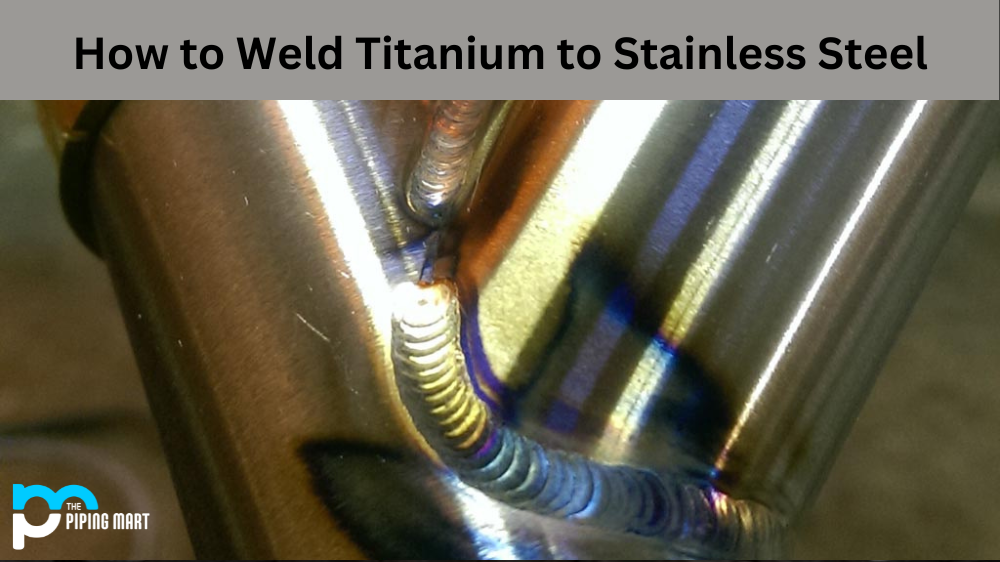Stainless steel is a type of metal that is highly resistant to corrosion and rust. It is also non-magnetic, meaning it won’t attract a magnet. But what makes stainless steel non-magnetic? Let’s explore the science behind this phenomenon.
Stainless steel is composed of iron, chromium, nickel, manganese, and other elements. The presence of chromium in stainless steel helps prevent the formation of an oxide layer on its surface—a process known as passivation. Passivation prevents further corrosion by forming a thin film on the surface that blocks oxygen from reaching the underlying metal. This film gives stainless steel metal its name since it “passes” or “stains” less than other metals.
The presence of chromium also plays an important role in making stainless steel non-magnetic. When combined with iron, nickel, or manganese, chromium creates an alloy that has a low magnetic permeability—meaning that it does not easily become magnetized when exposed to a magnetic field. Some stainless steels are completely non-magnetic even at very high temperatures when other metals would be significantly magnetized due to their ferromagnetic nature (i.e., iron).
Stainless steel also contains trace amounts of carbon which helps reduce the magnetic properties even further by creating weak spots within the alloy that disrupts the flow of electrons and prevent them from aligning in such a way as to create permanent magnets. This means that while some stainless steels can become slightly magnetized when placed under extreme conditions (e.g., very high temperatures), they will quickly lose their magnetism when those conditions are removed and cool down again.
Conclusion:
In conclusion, what makes non-magnetic stainless steel is its combination of iron, chromium, nickel, manganese, and other elements, which work together to form an alloy with low magnetic permeability. The presence of carbon further reduces any residual magnetism by creating weak spots within the alloy, which disrupts the flow of electrons and prevents them from forming permanent magnets. This makes stainless steel an ideal choice for applications requiring maximum corrosion resistance or where electrical components might come into contact with strong magnetic fields or extreme temperatures. Understanding why stainless steel is non-magnetic can help you make informed decisions about which type of metal to use for your specific project needs!

Pipingmart is a B2B portal that specializes in metal, industrial and piping items. Additionally, we share the latest information and information about materials, products and various types of grades to assist businesses that are involved in this business.




